Frankincense Trees: Nature’s Gift to Socotra – What They Are and How They’re Used
Frankincense, a fragrant resin derived from the Boswellia genus of trees, has held significant cultural, spiritual, and medicinal value for thousands of years. Notably, 24 species of Boswellia are found across regions including Yemen, Oman, Socotra Island, parts of Africa, and India. Among these, Socotra is particularly remarkable for hosting the highest number of endemic frankincense species globally, totaling 11 known species.
Historical Significance
The use of frankincense dates back to ancient civilizations such as Egypt, where it was integral to religious ceremonies and burial practices. Traces of frankincense have been discovered in the tombs of Egyptian pharaohs, including King Tutankhamun, indicating its esteemed status in sacred rituals. In the Christian tradition, frankincense is famously noted as one of the gifts presented to Jesus by the Magi, symbolizing his divine nature alongside gold and myrrh.
Spiritual and Religious Uses
Frankincense has been revered for its aromatic properties and spiritual significance throughout history. It has played a crucial role in various religious practices across cultures. In temples and churches, its incense is burned during rituals to evoke a sense of reverence and connection to the divine. Historically, priests and magicians utilized frankincense in ceremonies aimed at invoking spirits or driving away evil. Today, it continues to be employed in religious contexts as well as in personal spiritual practices such as meditation and prayer.
Modern Applications
In contemporary society, frankincense remains popular not only for its spiritual uses but also for its applications in aromatherapy, cosmetics, and perfumery. Millions around the world utilize it for its calming effects and potential health benefits. Research suggests that frankincense may possess anti-inflammatory properties that can aid in various health conditions. Its rich scent—often described as sweet, musky, and earthy—contributes to emotional balance and stress relief.
Harvesting Process
Timing: Frankincense harvesting typically occurs twice a year: in the spring (February to May) and again in the fall (August to October)
Making Incisions: Harvesters begin by making incisions in the bark of the Boswellia sacra tree using a specialized knife or axe. This cut allows the milky liquid resin to ooze out. The resin is initially collected as it flows out, but it must be left exposed to air for several days to harden into solid crystals.
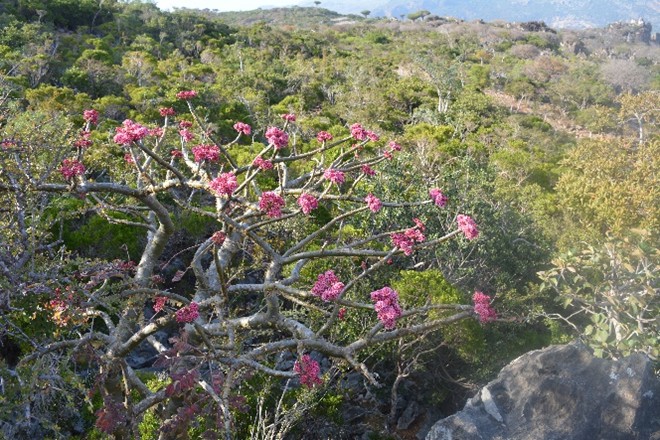
Collecting Resin: After about ten days, when the resin has crystallized, harvesters return to scrape off the hardened resin beads, which resemble white teardrop-shaped crystals. This process may involve multiple cuts over time, as each incision encourages more resin production.
Repeat Cuts: Harvesters can make several cuts in one season—sometimes up to seven times—each cut producing increasingly aromatic and valuable resin. The quality of frankincense improves with each subsequent cut as the tree continues to produce resin in response to injury.
Processing
Once harvested, frankincense crystals undergo several processing steps:
- Sorting and Grading: The collected resin is sorted into different grades based on colour, size, and purity. Higher-quality grades, such as “Hojari,” are lighter in colour and free from impurities, while lower grades may contain bark particles and appear darker.
- Extraction of Essential Oil: To produce frankincense essential oil, the resin is crushed into powder and subjected to steam distillation. This process extracts the aromatic compounds from the resin, resulting in essential oil that retains the characteristic scent and properties of frankincense.
Sustainability Considerations
Sustainable harvesting practices are crucial for maintaining Boswellia populations and ensuring that communities relying on frankincense production can continue their livelihoods. Overharvesting and environmental changes pose significant threats to these trees, making responsible management essential for both ecological balance and economic viability.
Main Health Benefits of Frankincense:
Anti-Inflammatory Properties: Frankincense is well-known for its ability to reduce inflammation. Research indicates that Boswellic acids in frankincense inhibit the production of leukotrienes, compounds that contribute to inflammatory responses in conditions such as arthritis and asthma
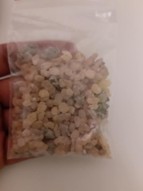
This makes it a potential natural treatment for inflammatory diseases.
Pain Relief: The analgesic properties of frankincense can help alleviate various types of pain, including joint pain associated with arthritis. Studies have shown that patients taking Boswellia extract experienced reduced pain and improved mobility compared to those receiving a placebo.
Immune System Support: Frankincense has been found to enhance immune function, helping the body fight off infections and diseases. Its antimicrobial properties may also assist in preventing oral health issues such as gingivitis and bad breath.
Stress and Anxiety Reduction: Inhalation of frankincense essential oil has been shown to lower heart rate and blood pressure, promoting relaxation and reducing anxiety. Compounds in frankincense can activate brain ion channels linked to mood regulation, offering a natural alternative to pharmaceuticals for managing stress.
Skin Health: Frankincense oil is beneficial for skin care, aiding in the reduction of scars, acne, and signs of aging. Its astringent properties help improve skin tone and elasticity while soothing irritation and redness.
Digestive Health: The resin has been reported to support digestive health by promoting the secretion of digestive enzymes and alleviating symptoms associated with gastrointestinal disorders such as irritable bowel syndrome (IBS) and ulcerative colitis Potential Anti-Cancer Effects: Preliminary studies suggest that frankincense may possess anticancer properties, particularly against breast, prostate, and colon cancers. Boswellic acids have demonstrated the ability to inhibit tumor growth in laboratory settings, though more research is needed to confirm these effects in humans.
Respiratory Health: Frankincense has been used traditionally to treat respiratory conditions like asthma. Some studies indicate that it may help improve symptoms and reduce reliance on inhalers among asthma patients.
Mechanisms of Action:-
Aromatherapy Benefits: Inhalation of frankincense essential oil is known to promote relaxation and reduce stress responses. The calming scent can lower heart rate and blood pressure, creating a sense of peace that may help mitigate feelings of anxiety and depression.
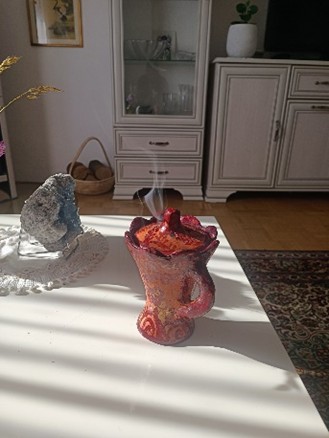
Psychoactive Compounds: Frankincense contains compounds such as incense acetate, which have been shown to activate ion channels in the brain associated with emotional regulation. Research indicates that these compounds can elicit antidepressant-like effects by influencing brain areas involved in mood and emotion. For instance, a study demonstrated that burning frankincense resin activated TRPV3 channels in the brain, which play a role in the perception of warmth and emotional response, leading to reduced anxiety levels in animal models.
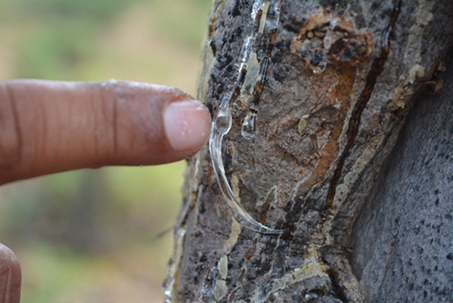
Stress Hormone Regulation: Frankincense essential oil has been found to reduce levels of corticosterone, a hormone associated with stress. This reduction can help counteract the physiological effects of stress, potentially leading to improved mood and decreased anxiety symptoms.
Support for Meditation and Mindfulness: The use of frankincense in meditation practices can enhance emotional balance and improve overall mental well-being. Its grounding properties help individuals focus on the present moment, which is crucial for managing anxiety and depressive symptoms.
Sleep Aid: By promoting relaxation and reducing anxiety levels, frankincense can also aid sleep quality. Improved sleep is essential for mental health, as lack of sleep can exacerbate feelings of anxiety and depression
Conclusion
The enduring legacy of frankincense reflects its profound impact on human culture and spirituality. From ancient rituals to modern wellness practices, this aromatic resin continues to captivate and inspire people across the globe. As we embrace its historical significance and therapeutic potential, frankincense remains a bridge connecting us to our past while enriching our present lives.
References for more information:
Salem Hamdiah, Lukáš Karas, Kateřina Houšková, Kay Van Damme, Fabio Attorre, Petr Vahalík, Hana Habrová, Samuel Lvončík, Klemen Eler, Petr Maděra. 2022. Seed Viability and Potential Germination Rate of Nine Endemic Boswellia Taxa (Burseraceae) from Socotra Island (Yemen). Plants, 11, 1418. doi: 10.3390/plants11111418.
Salem Hamdiah., Klemen Eler., Kay Van Damme., Fabio Attorre., Dario La Montagna., Michele De Sanctis., Mohammed Shaneyehen., Theodore Danso Marfo., Petr Maděra. 2024. Overgrazing strongly impedes the natural regeneration of the endemic Boswellia species on Socotra Island. Journal of Forest Science, 70 (5), 249–263. doi: 10.17221/3/2024-JFS.
Lvončík S., and Hamdiah S. 2020. Key to identification of Boswellia species on Socotra Archipelago. Brno: Mendel University in Brno, Czech Republic. TropicalForestry.cz: pp 48
Maděra P., Vahalík P., Hamdiah S., Hušková K., Sekava J., Attorre F., La Montagna D., De Sanctis M., Netek R., Bongers F., Rivers M., Šebesta J., Amar M., Keybani S., Shanayeghen M., Van Damme K.. 2024. Distribution, ecology and threat assessment of eleven threatened endemic frankincense tree tax (Boswellia) in Socotra Archipelago. Plants, People, Planet, doi: 10.1002/ppp3.10563
Thulin M. 2020. The Genus Boswellia (Burseraceae): The Frankincense Trees. Vol. 39. Uppsala, Sweden: Acta Universitatis Upsaliensis: 139
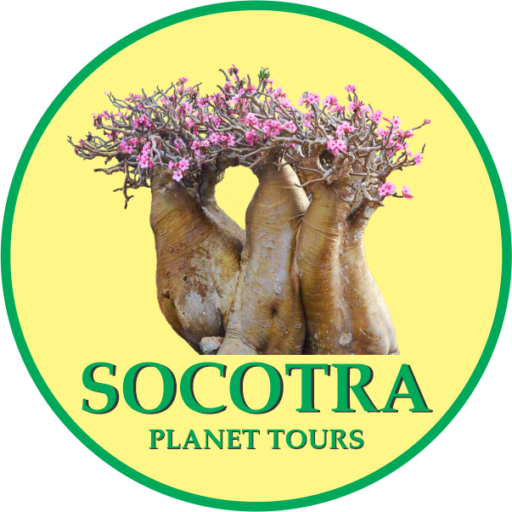
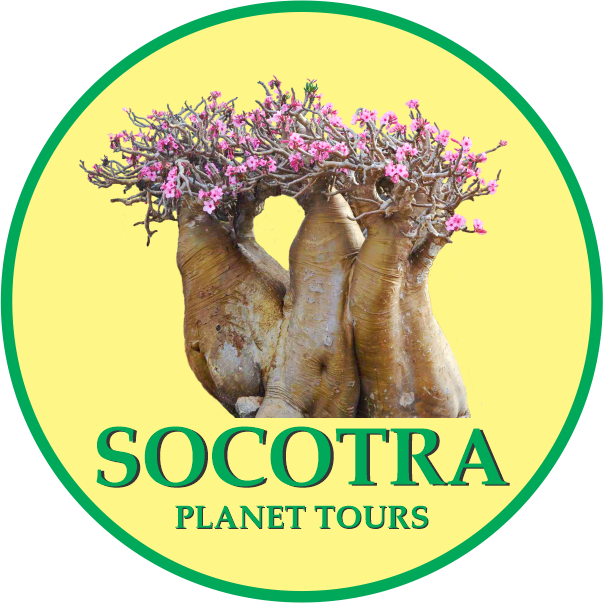
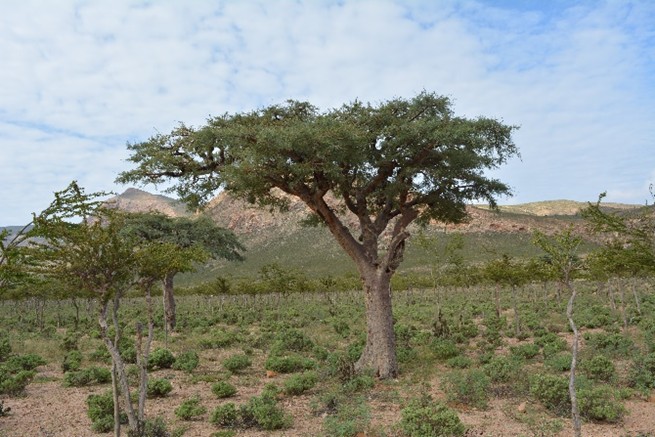
Comments are closed